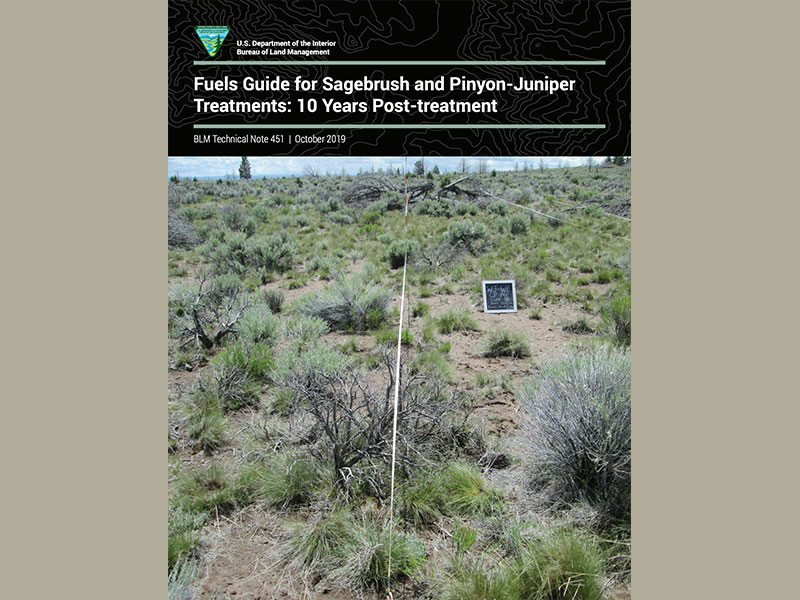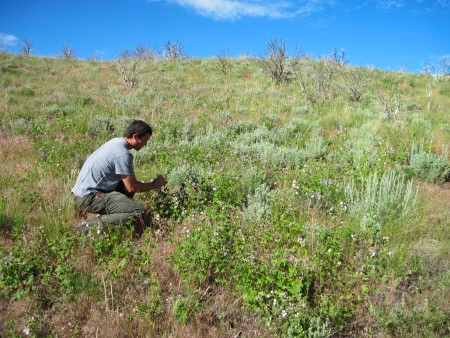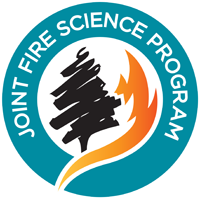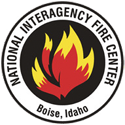Science for
Sagebrush
Restoration
A collaborative experiment evaluating methods of sagebrush steppe restoration across six states in the Great Basin.
Join us on may 21st for the SageSTEP Field Tour!
SageSTEP
Sagebrush Steppe Treatment Evaluation Project
What do we do? The Sagebrush Steppe Treatment Evaluation Project is a regional experiment evaluating methods of sagebrush steppe restoration in the Great Basin. Sagebrush communities are one of the most threatened land types in North America — as much as half has already been lost in the Great Basin.
From 2005-2010, we implemented fuels treatments at study sites, and evaluated the short-term effects of land management options on a variety of ecosystem components. In 2011, we began a long-term monitoring phase of the project to better understand the changes in response to treatment over time. We continue to gather data that provides managers with information to make restoration decisions with reduced risk and uncertainty.

Ten Year Post-Treatment Guide
News
Using SageSTEP data, Samuel Wozniak (Soil Conservationist, USDA – NRCS) and Eva K. Strand (University of Idaho) created this guide to summarize fuel loads, vegetation cover by functional group, and shrub and tree stem density 10 years after sagebrush and pinyon-juniper reduction treatments.
How soon is too soon after a fire for sagebrush recruitment?
Recent
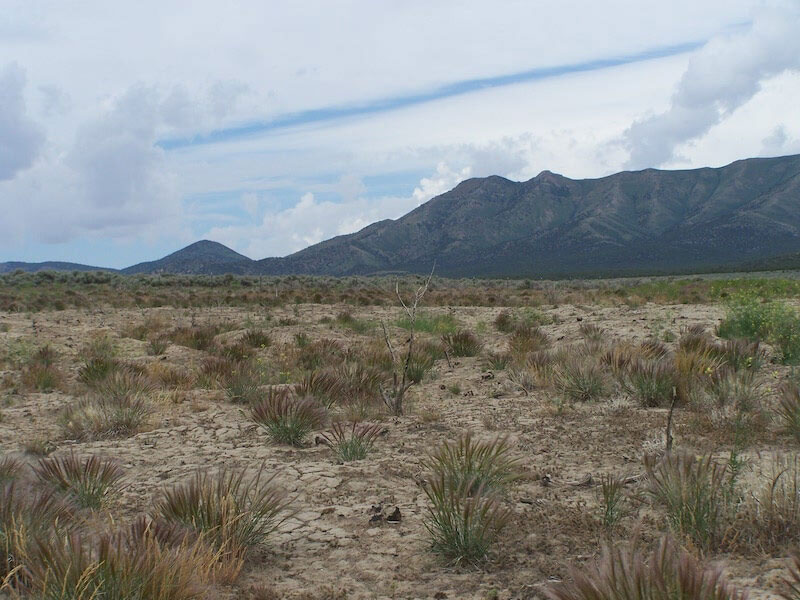
Science You Can Use
Science You Can Use
Read short, digestible information from SageSTEP scientists on a number of topics related to our research.
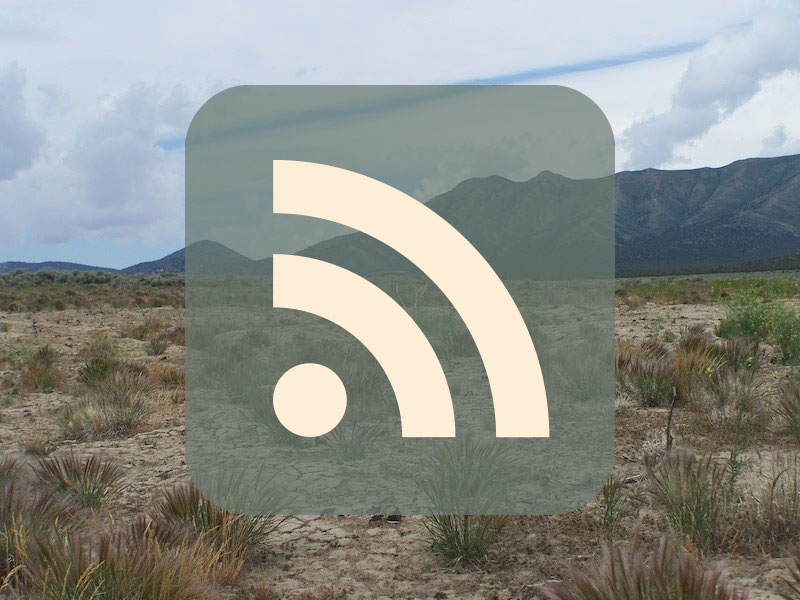

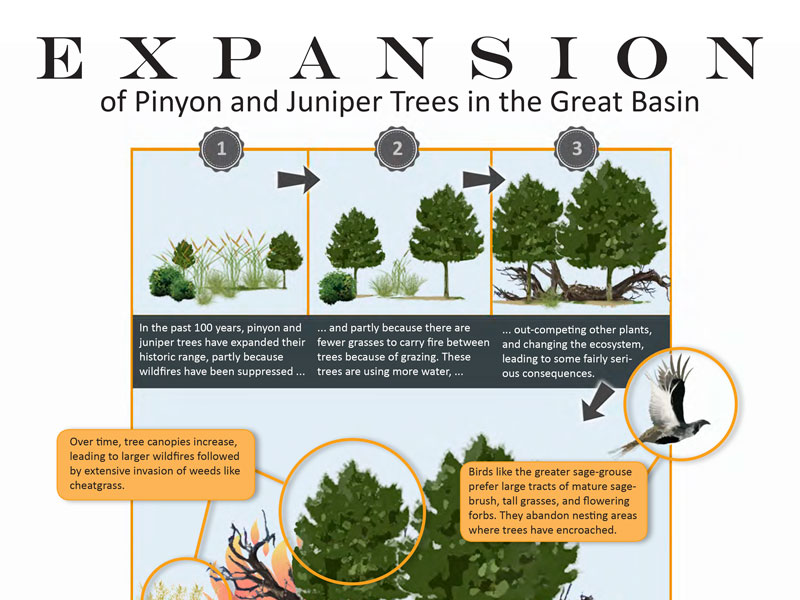
Pinyon and Juniper Expansion
In the past 100 years, pinyon and juniper trees have expanded their historic range. Learn why this happens, and the strengths and weaknesses of management remedies.
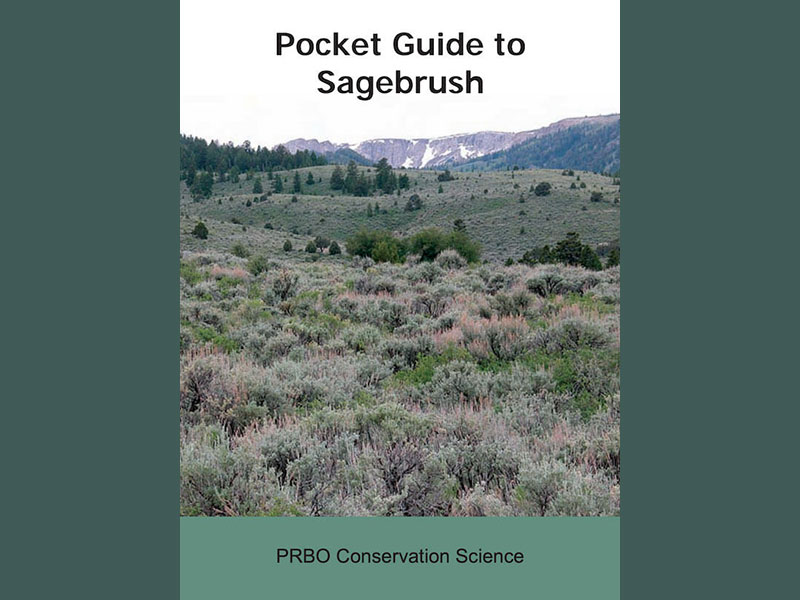
Pocket Guide to Sagebrush by Leila Schultz
Guides
Written for anyone interested in learning more about sagebrush species and habitats. It provides descriptions of some of the remarkably diverse sagebrush communities in western North America. The purpose of the guide is to give identifying characteristics and range maps of 18 species of sagebrush, encompassing 27 different kinds (including subspecies and hybrids).
Our Mission
To study the effects of land management options on sagebrush communities, experiments were conducted across a regional network of sites. We use this network to understand the thresholds between healthy and unhealthy sagebrush communities over a broad range of conditions across the Great Basin. We are evaluating treatment effects on plants, potential for wildfire, soils, water runoff and erosion, and birds and insects. Economic analyses have been conducted to assist managers in selecting optimal management strategies, and citizens’ and managers’ views about the management actions are being evaluated. The first experiment is focused on cheatgrass invasion (Cheatgrass Network), and the second experiment is focused on woodland encroachment (Woodland Network).
Meet our Team
Study Sites
Contact
Lisa Ellsworth
Project Co-coordinator
Dpt. Fisheries & Wildlife
Oregon State University
Corvallis, OR 97330
Email
(541) 737-0008
Beth Newingham
Project Co-coordinator
GB Rangelands Research
USDA Ag. Res. Service
Reno, NV 89512
Email
(775) 784-6057 ext. 233
Lael Gilbert
Outreach Coordinator
Utah State University
5215 Old Main Hill
Logan, Utah 84322-5215
Email
(435) 797-8455

Site Designed by Kite Media

